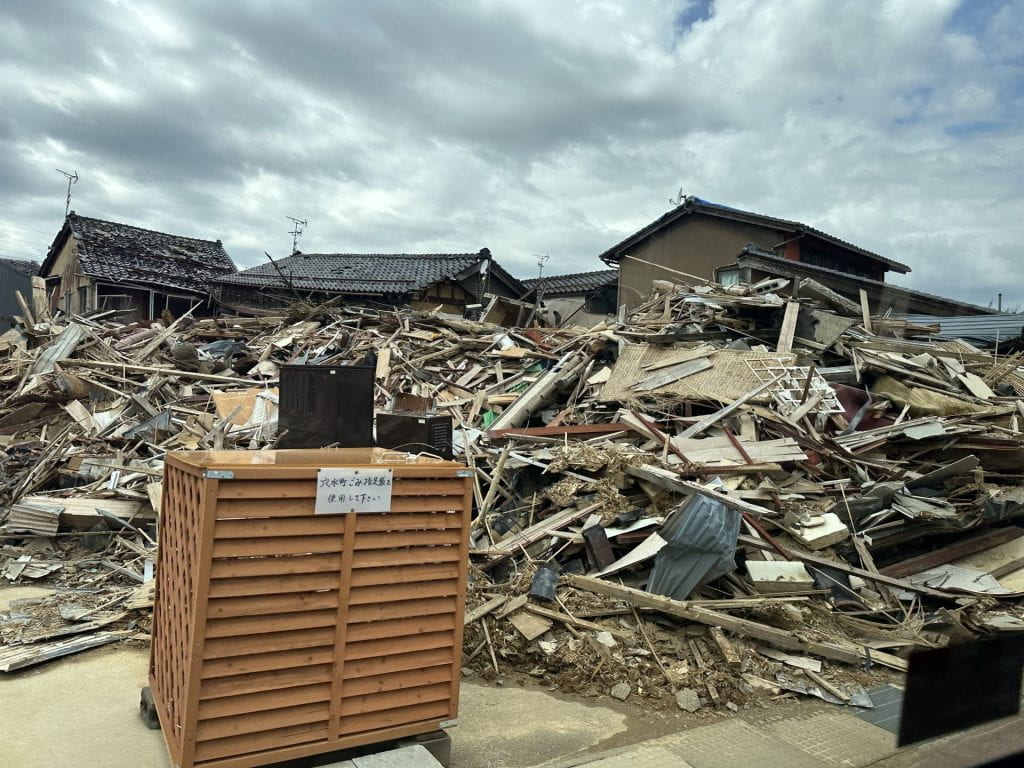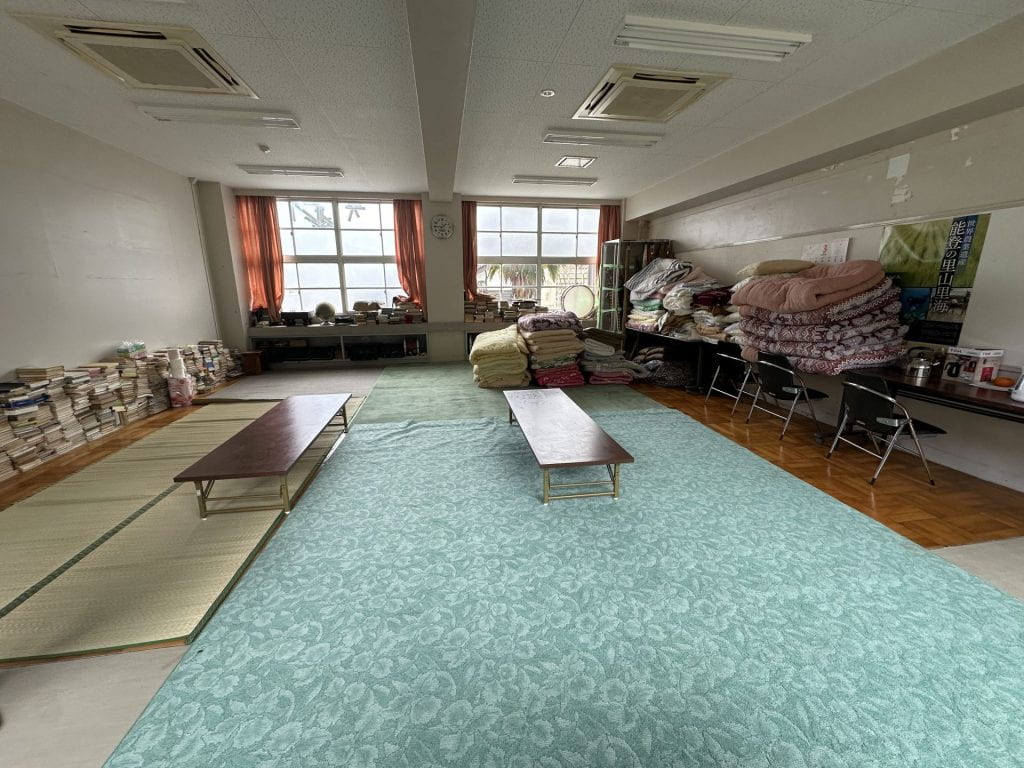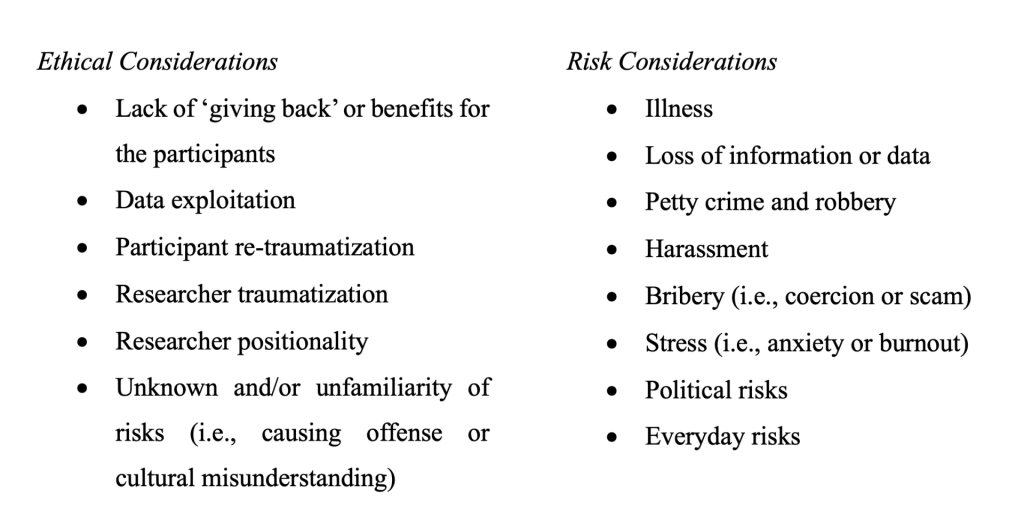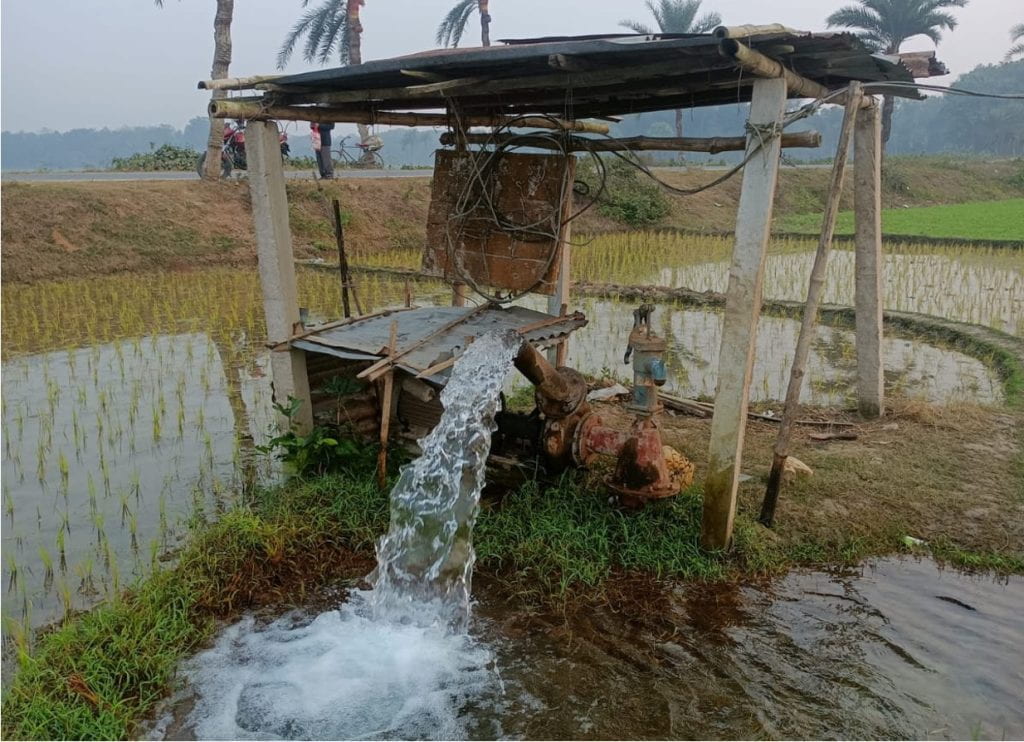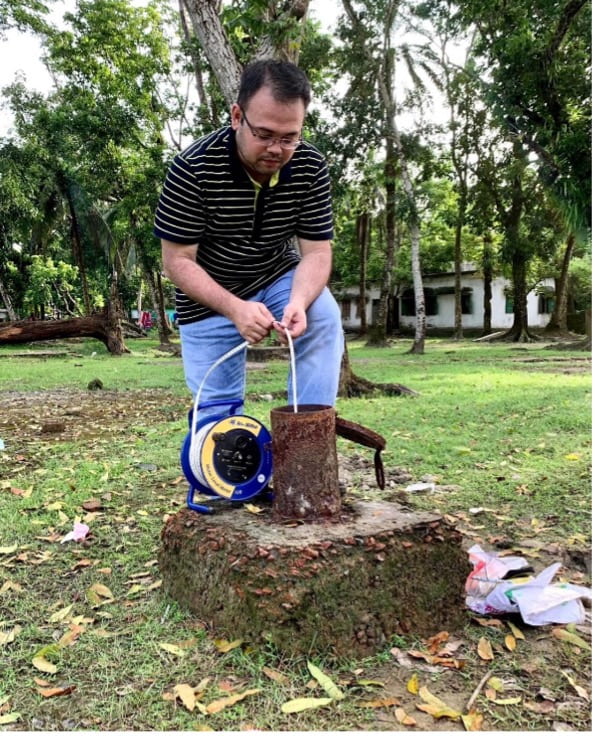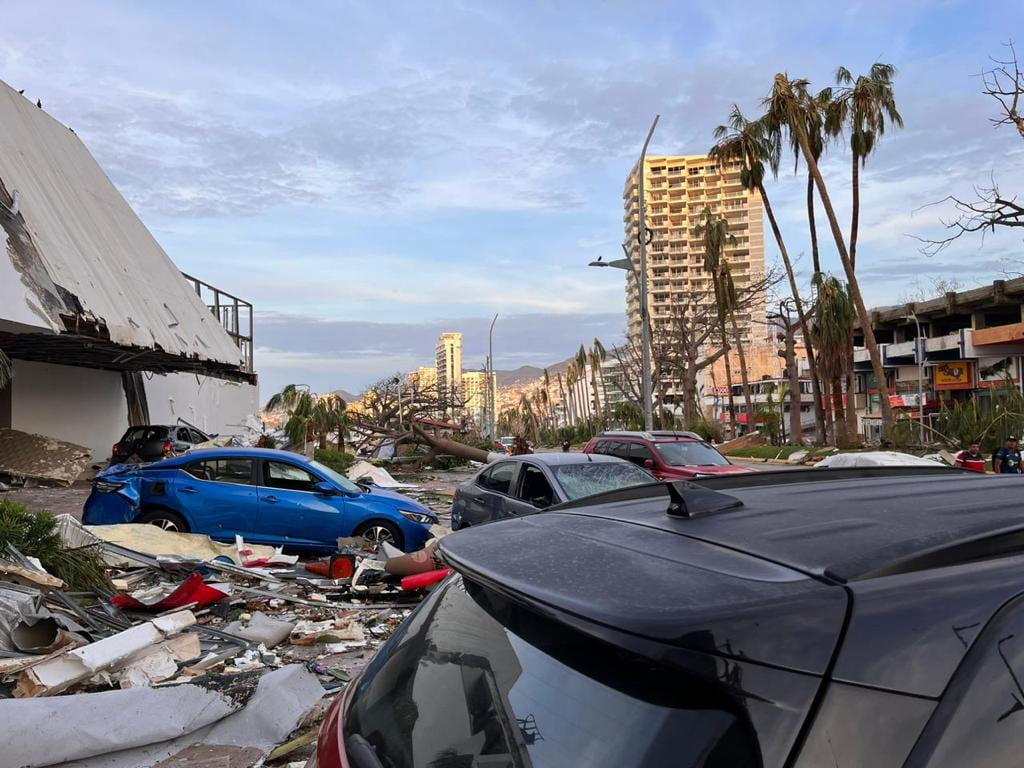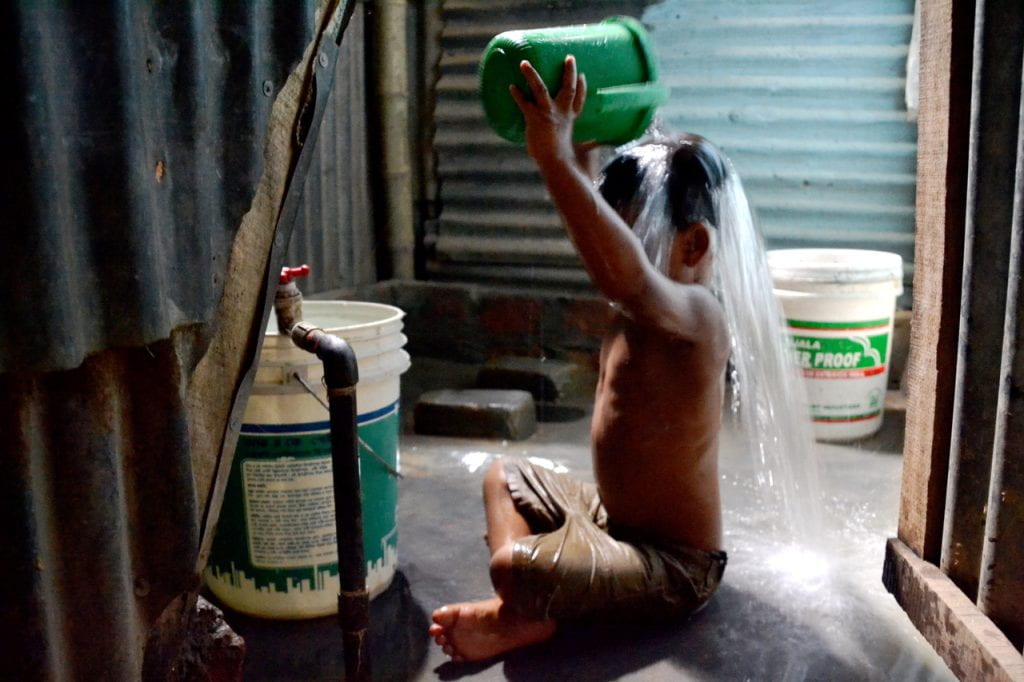Watching climate politics: can we conduct ethnography of international agreements online?
By Aishath Green, on 14 June 2024
Climate politics is seen in the media through the big annual meetings in cities around the world. The most recent meeting – COP28 – was in Dubai with 80,000 delegates. The flashy gold decorations and green background in the plenary room were captured in selfies and social media posts. But there is another, quieter side to negotiating climate change. Numerous small technical meetings and workshops held in person and online to thrash out specific issues. Often the same core group of negotiators and observers will meet regularly for several years. Much of the detail is worked out in these spaces and they are a crucial research site for understanding climate politics.
Over the past year I have been conducting ethnographic observations of a specific part of the UN negotiations on climate change seeking to define the ‘global playbook’ for adaptation as part of a wider research programme analysing the knowledge politics around adaptation measurement. The area I was following – the Glasgow Sharm el-Sheikh work programme known to those on the inside as the GlaSS – had eight workshops over 2022 and 2023 which I was able to watch online. The process culminated at COP28 in Dubai with the establishment of the UAE Framework for Global Climate Resilience (UAE-FGCR). I have been able to piece together what influenced this final framework through watching the UNFCCC’s Youtube channel as a contribution to our empirical research. But through doing this, I have also learnt lessons on how to conduct ethnographic research online and what the turn to online might mean for climate politics.
Following a soap opera
In practical terms, conducting digital ethnographic research of the GlaSS workshops meant watching lengthy recordings lasting up to 8 hours long. I followed the twists and turns through multiple breakout groups and plenary discussions. As I watched the recordings of the workshops, I also observed the interactions between online attendees and those who had been present in person. As I transitioned from one workshop to the next, the recordings gave me vital insight into Party and non-Party perspectives on the development of the framework and what mattered most for different contributors. This ranged from firm beliefs such as the importance of financial support to enhance adaptation action, to the smaller details of wording for specific targets. It was like following a soap opera, with each episode revealing slightly more about each character’s position and the same themes of conflict carrying through with each instalment. By the time COP28 came around, I was up to speed just in time to watch negotiations play out on the event’s virtual platform – yet another digital ethnographic lens through which I could keep up to date.
A partial picture
Before I started, there were factors that I knew would impact my analysis. For instance, not being able to observe participants’ body language, pick up as easily on visual cues or feel the sensory aspects of the room. However, as I continued to watch the workshops, I became aware of other aspects that I was missing through my digital lens. As I became familiar with Party representatives and break out group rapporteurs, I began to think more about the voices of those I was not hearing and those in the room the camera did not show. While the recordings (and participating online) enable you to hear the views of the most confident, the perspectives you gain from those who speak in smaller group discussions or perhaps during coffee breaks, are not captured. In a similar vein, by only watching COP28 negotiations online, you are excluded from the important conversations happening in the corridors. An advisor to the Small Island Developing States for instance, remarked that the second week of negotiations relied on trying to understand what was happening in between the formal sessions. With my colleague bringing back some of these vital insights from attending in person, the importance of triangulating digital ethnographic research was clear.
Inclusion of online participants
While I was only getting a partial picture from conducting this research digitally, it did highlight important areas for the future of global agreement making through hybrid spaces. During the GlaSS workshops, there was a clear difference in how the online group and those attending in person were able to participate. During some of the hybrid break out group discussions, while there was an effort by the moderator to incorporate online participants, their perspectives felt like more of an afterthought and as though they carried less weight. This can be put down to a combination of connection issues, time-constraints, and the difficulty for online participants to disrupt the flow of the conversation taking place in the physical room. Throughout some of the sessions, there were also hands raised by online participants which the moderator never managed to answer. When perspectives are being gathered on the development of targets for a global framework on adaptation, it is important to think about what these little omissions mean over the course of eight workshops and how the disparity between online and offline negotiations might affect future global agreements in the future.
Where next for online research
Covid-19 has changed the way many events take place, enabling more people to conduct research through digital means. At this point it is vital to reflect on the various opportunities, challenges and impacts of digital research. Conducting research online has many positives. In the context of the climate crisis, it allows us to continue our work without racking up airmiles. With increased financial constraints and the contraction of university budgets, it also offers an affordable alternative to attending in person. For those who are time-poor due to added challenges such as child-care, it may also provide the only opportunity to participate. However, researchers need to be attuned to the limitations of online ethnography. In the context of global agreement making, this includes recognising the power dynamics underlying online participation and the drawbacks of partial findings. Digital ethnography provides a meaningful tool through which to conduct vital research, but we need to think seriously about how we can ensure its effectiveness.
Aishath Green is Research Manager at the Institute for Risk and Disaster Reduction on the project Accountable Adaptation.
Read more IRDR Blogs
Follow IRDR on Twitter @UCLRDR
 Close
Close






